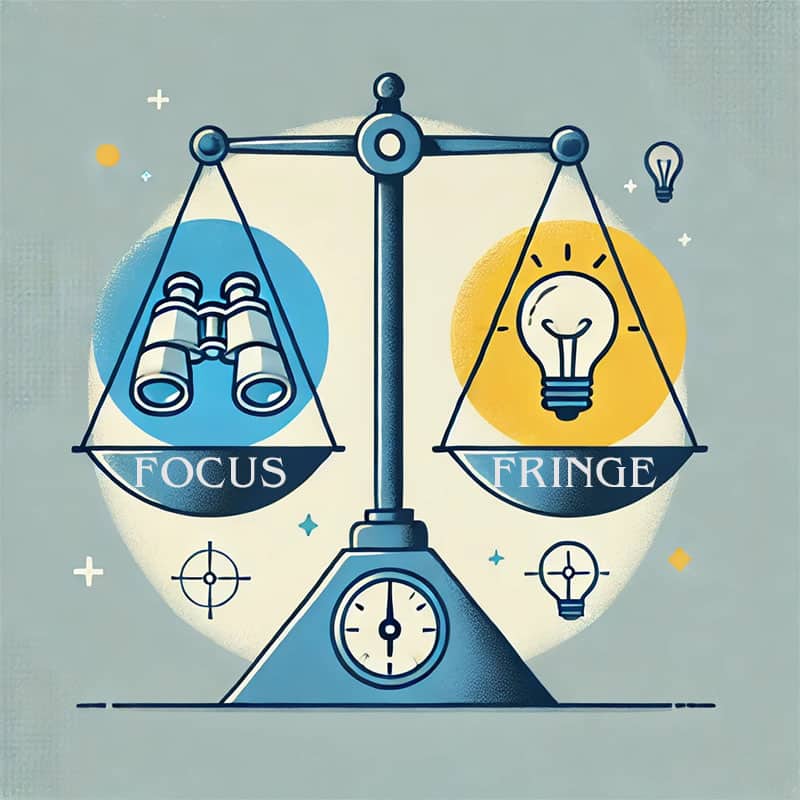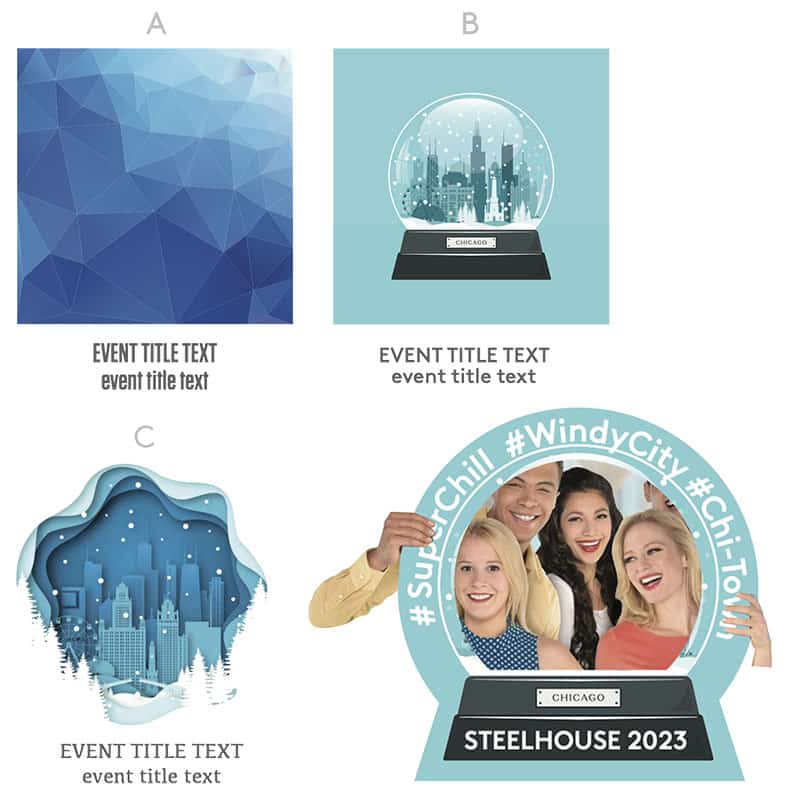

Jason Steed
Owner & CEO
What Focus Helps us See, and Makes us Miss
The Best Ideas are Often Outside our Focus…
Strange how the best ideas live where you’re not looking. So how do we creatives and marketers benefit from focus and structure? I’ve found that focus is step 1 to great creative, and step 2 is looking outside of those crosshairs. Here are ideas for spotting where the great ideas like to linger.
Balance the Macro With the Micro
I spent an evening with great marketing minds at the Utah Olympic Oval, sponsored by Silicon Slopes. I had never picked up a curling rock before (you don’t actually ever pick them up), and I gained a big respect for the game. While trying to keep my balance in launching “the rock,” I understand now why curling requires conditioning, stamina, and lots of focus. While focusing on the pinpoint instructions from my teammates, it got me thinking about the balance between focus and making room for the bright ideas lurking in our periphera.
For me, focus is critical for setting the guide rails to a project. Focus creates the fenceline perimeter where great ideas hang out.

You’d be amazed how both the micro (focus) and the macro (wide-angle view) bring variety and creativity to an anything-goes brainstorming session. The big picture ideas appear at the borders of your idea cloud—alongside the bizarre, goofy, cliché, and downright dorky ideas. Focus defines those borders, and, de facto, the sweet spots along the borders. At the same time, too much time ruminating on the big picture creates fun yet mostly irrelevant ideas.
This balance is crucial in our line of work. We need focus to keep us off thin ice and to push through the challenges and see a project to completion. But without leaving space for creativity, we risk missing out on those unexpected game-changing ideas. Here are some tools to help you spot those great ideas lurking in the wings:

Strategic Balance
1. Time Blocking: Yes, you can actually schedule creative time. I dedicate specific “focus time” in my day. For me it’s During these blocks, shut out distractions and focus entirely on the task at hand. This helps build the momentum needed for high-quality work.
2. Pomodoro Technique: Work in short, focused bursts (like 25 minutes), followed by a 5-minute break. I’m THE WORST at this! Truly, my OCD nature gets me stuck in ruts all of the time, though I know this method keeps creative minds sharp and ready to catch those peripheral creative ideas.
3. Scheduled Brainstorming Sessions: Set aside regular time for brainstorming. Whether it’s a solo session or with a team, these unstructured moments can lead to the breakthroughs you’re seeking.
4. Environment Switching (my favorite): If you’re feeling stuck, change your environment. Whether it’s moving to a different room, taking a walk, or even working from a café, a change in scenery can spark fresh ideas. Truthfully, my best ideas come to me when I’m miles away from my laptop with my labradoodle Pepper. Usually a lunch break does the trick.
“Alongside focus, step back to find those great ideas that hang out in the fringes.“
5. Journaling: Keep a journal (a.k.a. Notes app) to jot down any ideas, no matter how small or seemingly unrelated. Revisiting these notes later can often lead to surprising insights and new connections.
My Example Story on Focus
Moodboarding is a visual storyboarding tool to Targa uses early on in our team’s creative process. We have the chance to pull our clients away from sharp focus to discover some fringe ideas for their projects. Targa helped one of our technology clients brand a hosted on-site event. Ryan on our creative team led out with our creative team on some moodboard exploration, helping to mature a concept that melded crystal with organic design elements. From this exercise, our client supported our out-of-the-box theming for a variety of event materials, from invitations to floor displays, to a selfie station.

Tie it All Together
By balancing structured focus with intentional space for creativity, you’ll be better equipped to produce work that not only meets expectations but exceeds them. I’m curious what your go-to creative strategy looks like.
